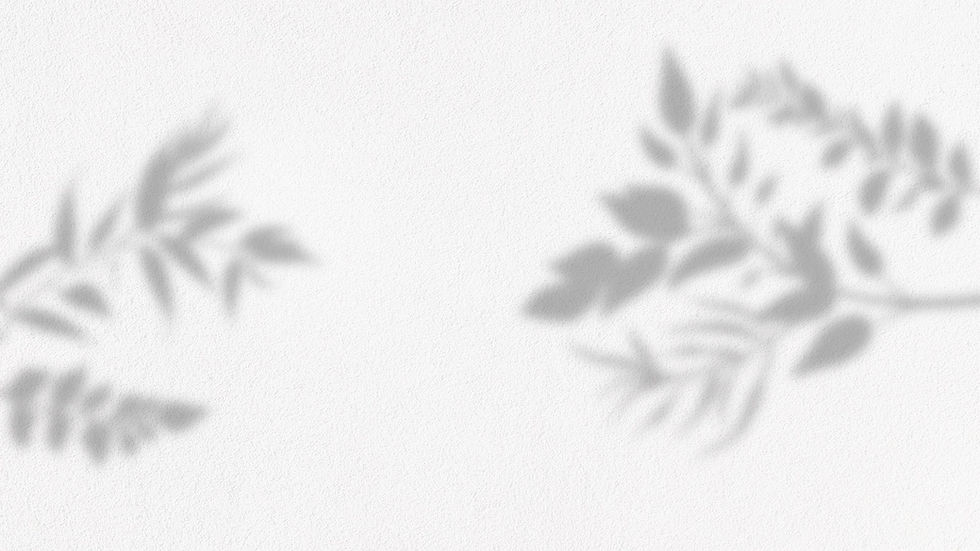

Quadrants Sampling of Species Abundance + Measuring Abiotic Conditions
We performed 4 sets of 3x3 m quadrants with 2 in the clear-cut area (square 1 & 2 ) and 2 inside the forest (square 3 & 4).



We set up the quadrants with metres and sticks wrapped with black tape to make them more visible. Each plant species within the quadrants were identified and recorded. These data were further used to calculate species richness and compare in each area.
We also used Arduino temperature and humidity sensors as well as light intensity sensors to record abiotic conditions in each quadrant. We further analyzed how abiotic conditions differ between clear-cut and forest areas and how this might influence the plant species distribution we saw.


The thermistor used here is a variable resistor that decrease its resistance with increase in the temperature.
These sensors are made by sintering of semiconductive materials such as ceramics or polymers to provide larger changes in the resistance with just slight changes in temperature.

Sensors for Abiotic Conditions
The light sensor here is a photoresistor, which is also called a light-dependent resistor or photocell.
The more light the photoresistor's face is exposed, the smaller its resistance is.


The humidity-sensing component has two electrodes with moisture-holding substrates between them. So as the humidity changes, the conductivity of the substrate changes or the resistance between these electrodes changes.
This change in resistance is measured and processed by the IC which makes it ready to be read by a microcontroller.



Temperature and Humidity Sensor Code:
Light Intensity Sensor Code:

Extra Codes for data processing

